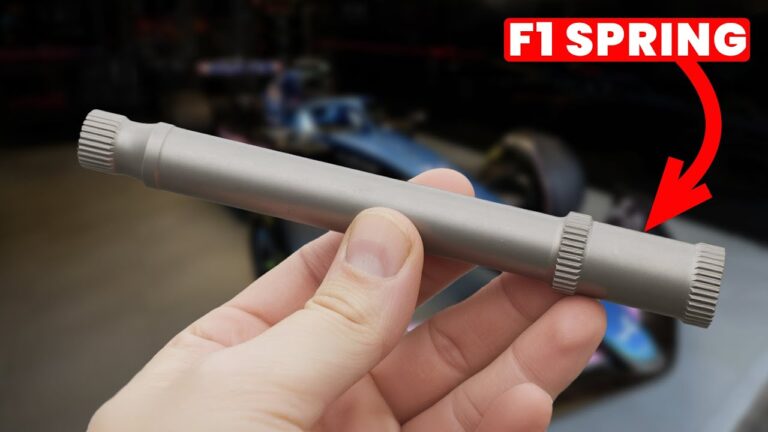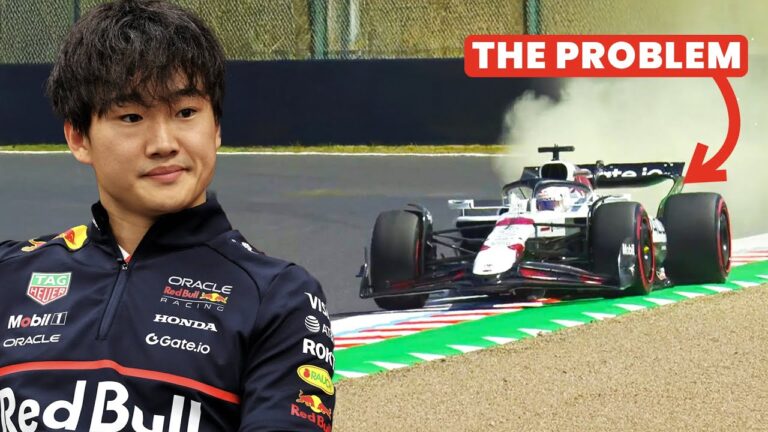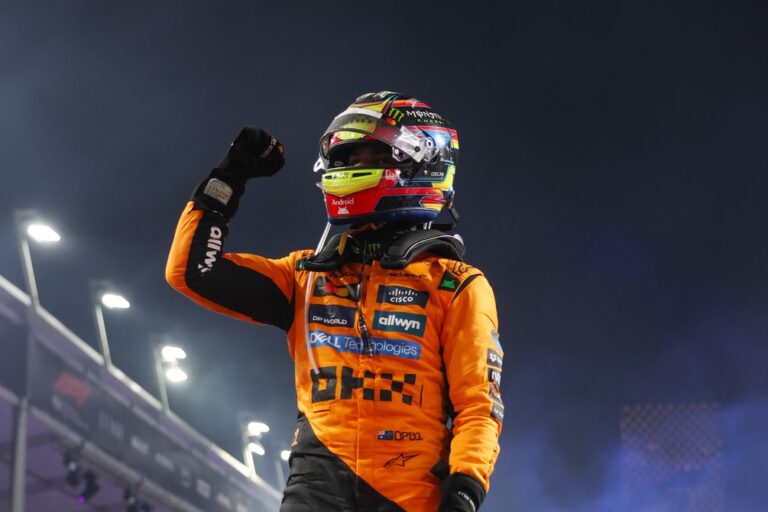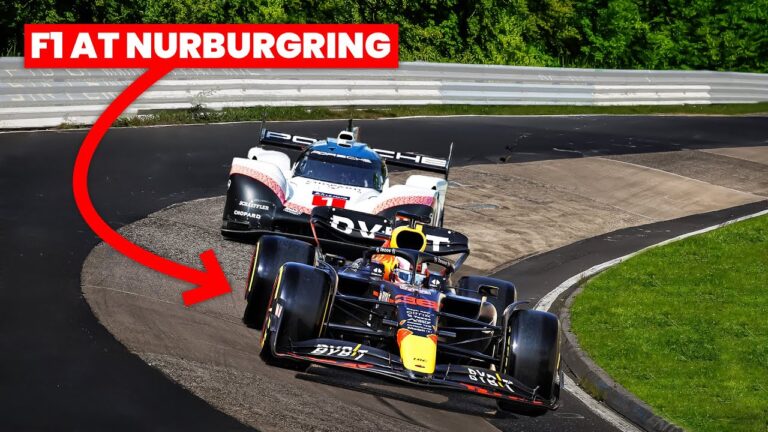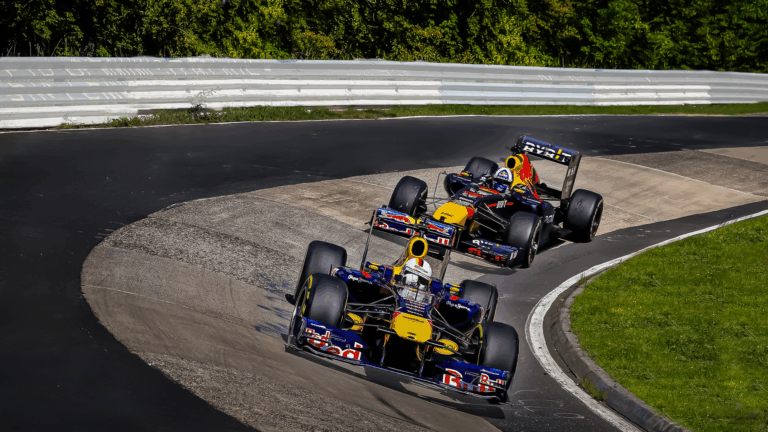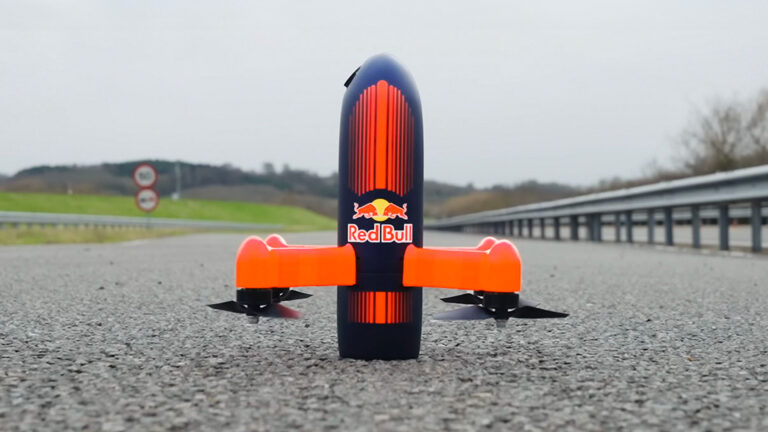
Driving a Formula 1 car on the ceiling of a tunnel might sound like a pipe dream, but for Project Inversion, it’s an engineering challenge that’s about to become reality. This project, which has captivated motorsport fans and engineers alike, is taking the concept of downforce to new heights – literally. Let’s dive into the design, obstacles, and groundbreaking innovations that are turning this audacious goal into a feasible project.
What is Project Inversion?
For years, the idea of a Formula 1 car driving upside down has been discussed as a possibility in motorsport circles. It’s often said that these cars create enough downforce at speeds over 130 mph to hold them against a ceiling. But Project Inversion is more than just a theory – it’s a multi-year endeavor to make this concept a reality, relying solely on organic aerodynamic forces rather than artificial aids like fans.

The aim? To keep a car upside down for over five seconds without relying on momentum alone. This isn’t about performing a stunt through centripetal force; it’s about harnessing the true aerodynamic capabilities of a race car.
Why Not a Formula 1 Car?
Though Formula 1 cars generate extraordinary downforce, they’re not the ideal vehicle for this project. There are two main issues: weight and engine design.
- Weight: While F1 cars can produce around 4,000 kg of downforce, their weight has increased to approximately 798 kg in recent years. Heavier cars require greater speed, which complicates achieving sustained upside-down travel in a tunnel. With a lighter car, lower speeds can achieve similar aerodynamic forces, making the entire setup safer and more manageable.
- Engine Limitations: Formula 1 engines aren’t designed to run upside down. Fluids like oil and water would struggle to circulate correctly, and oil might end up pooling in areas it shouldn’t, leading to catastrophic engine failure.

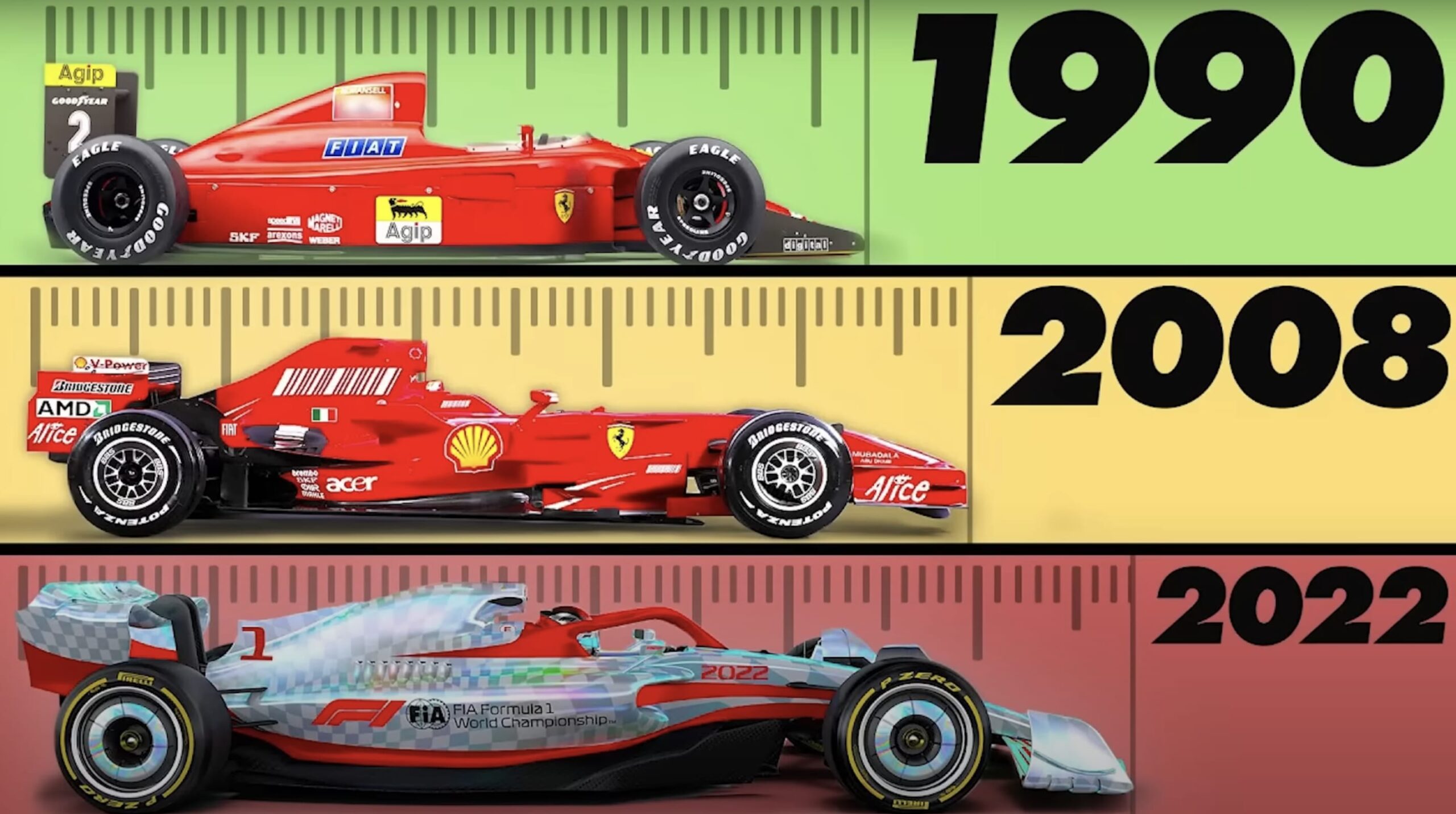
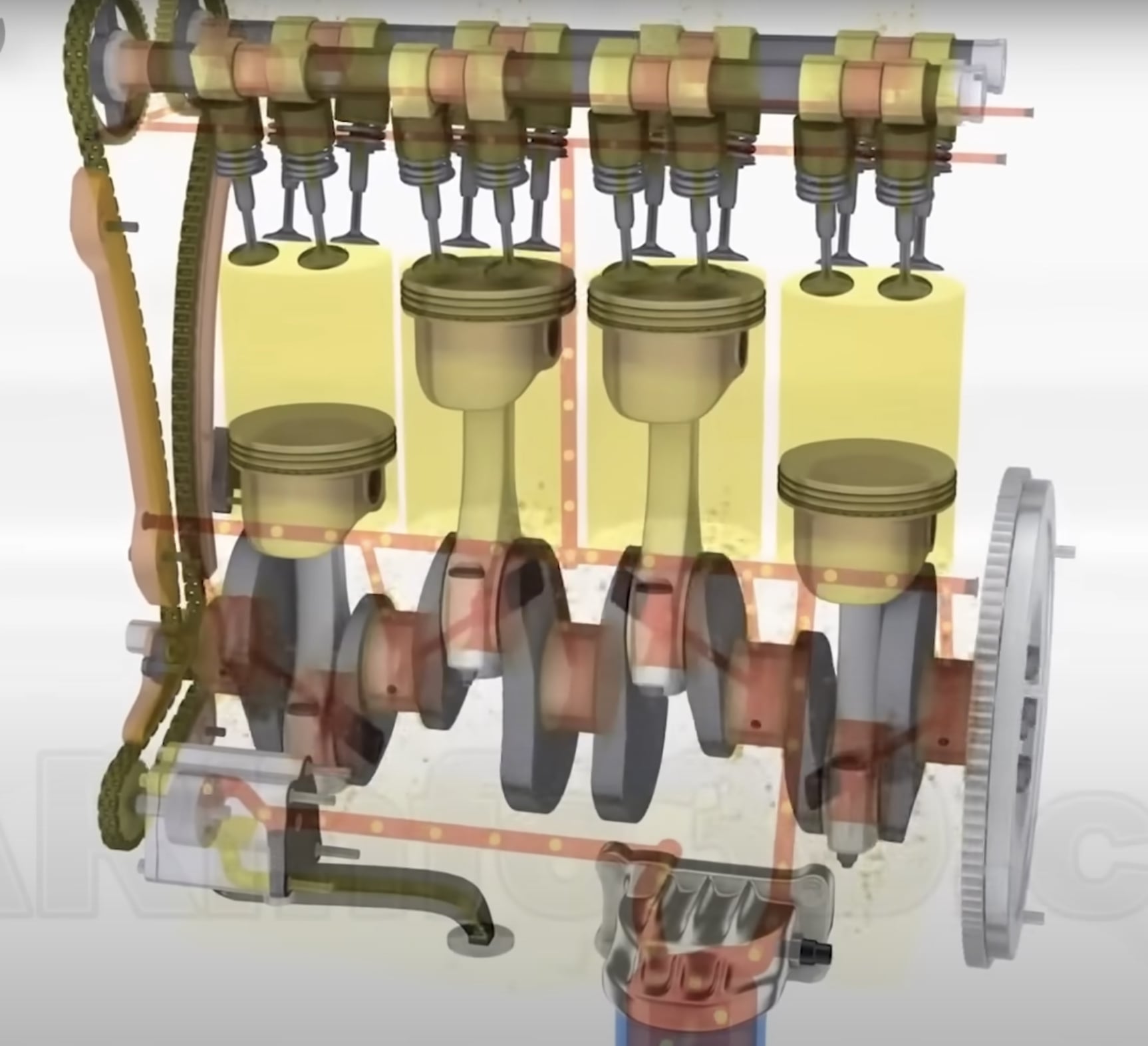
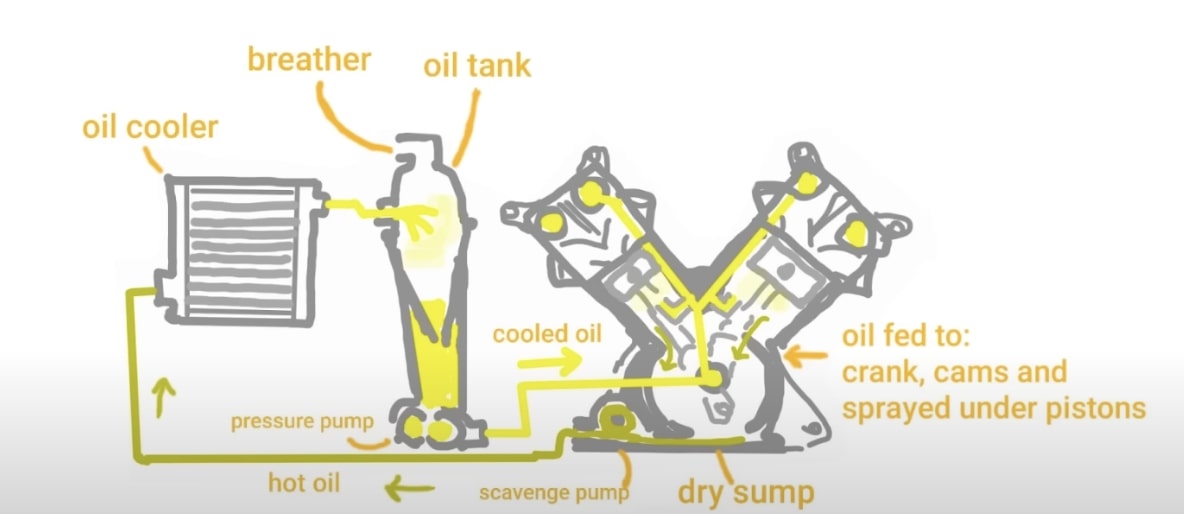
Finding the Right Car
Given the limitations of an F1 car, the project team turned to a different type of high-performance vehicle: the Empire WRA hill climb car. Hill climb cars are built to navigate tight, twisty routes with high downforce at low speeds. The Empire WRA’s ultra-lightweight frame – at just 311 kg – makes it an excellent candidate for inverted driving. Working with the car’s designer, Willam Toet, the team increased the car’s downforce potential, setting the stage for its role in Project Inversion.
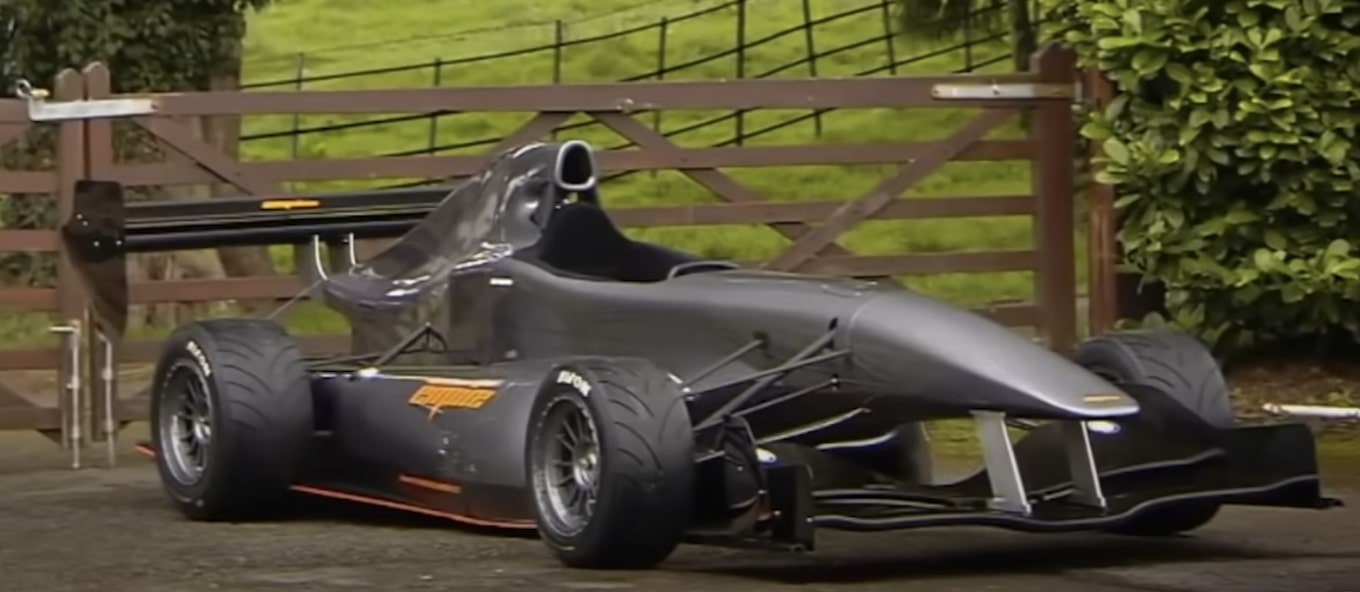
Building a Tunnel from Scratch
Creating the right tunnel is just as critical as choosing the right car. The tunnel must be long enough to allow the car to reach the necessary speed and maintain stability. After exploring options to rent existing tunnels, the team found that a standard road tunnel wouldn’t provide the aerodynamic consistency required for this endeavor.
As a result, they decided to design a custom, C-shaped tunnel with a consistent curve from bottom to top, allowing spectators to see the car in action. The tunnel will be approximately 600 meters long with a 7.5-meter diameter, ensuring the necessary curvature for aerodynamics without excessive costs.
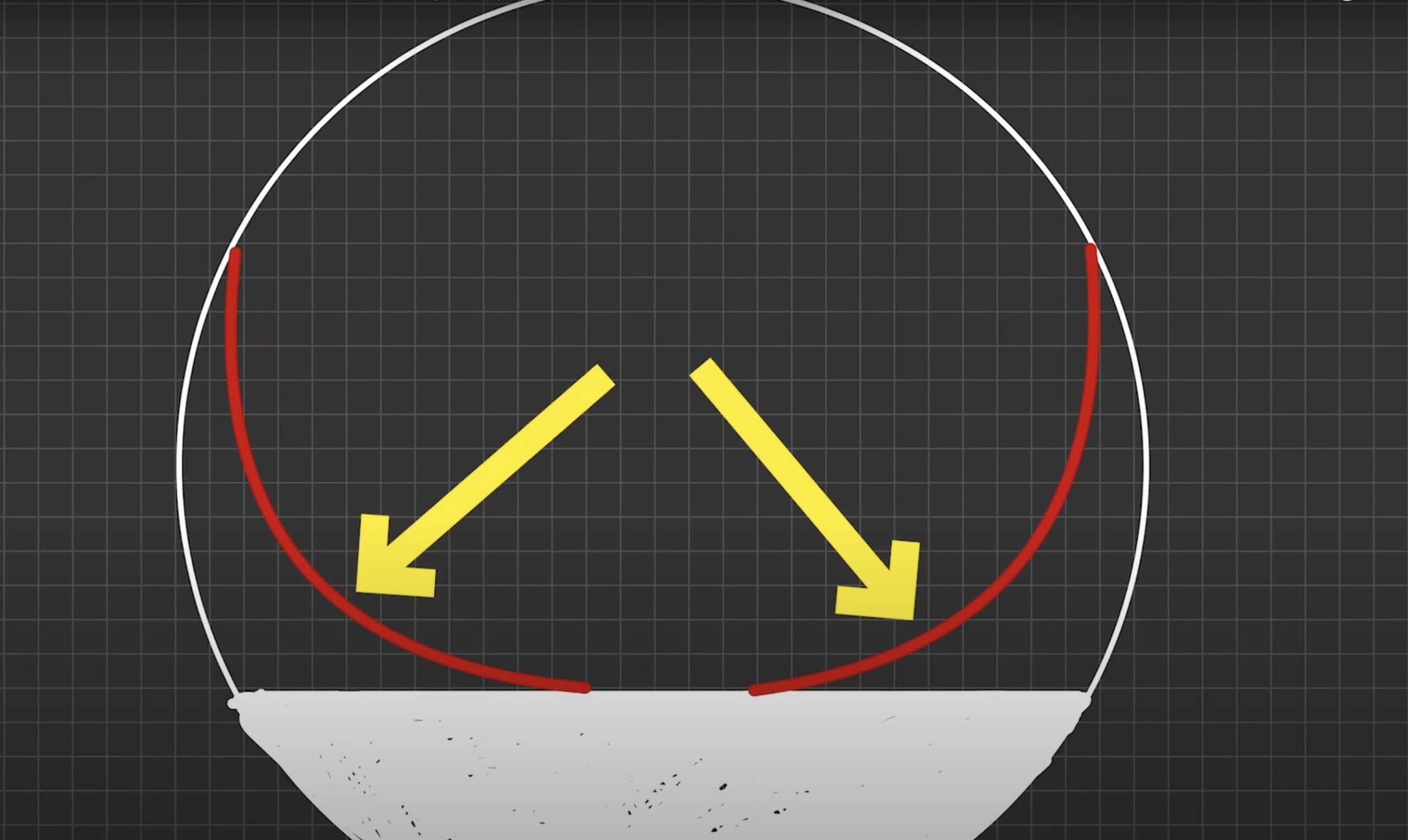
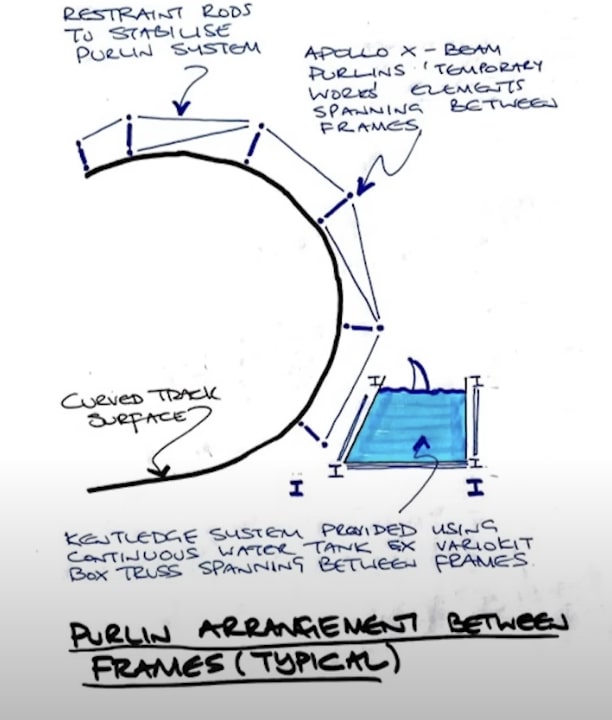
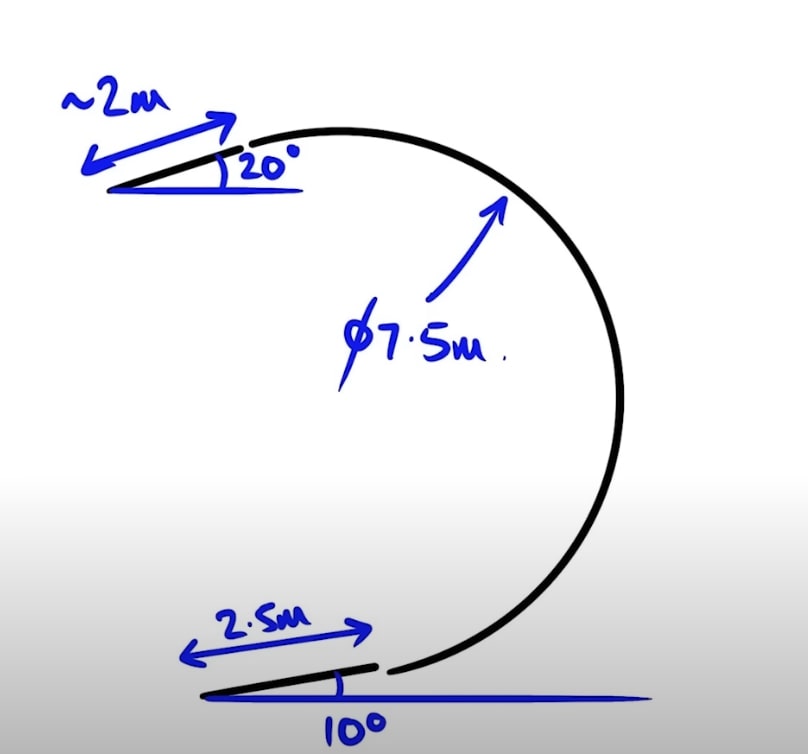
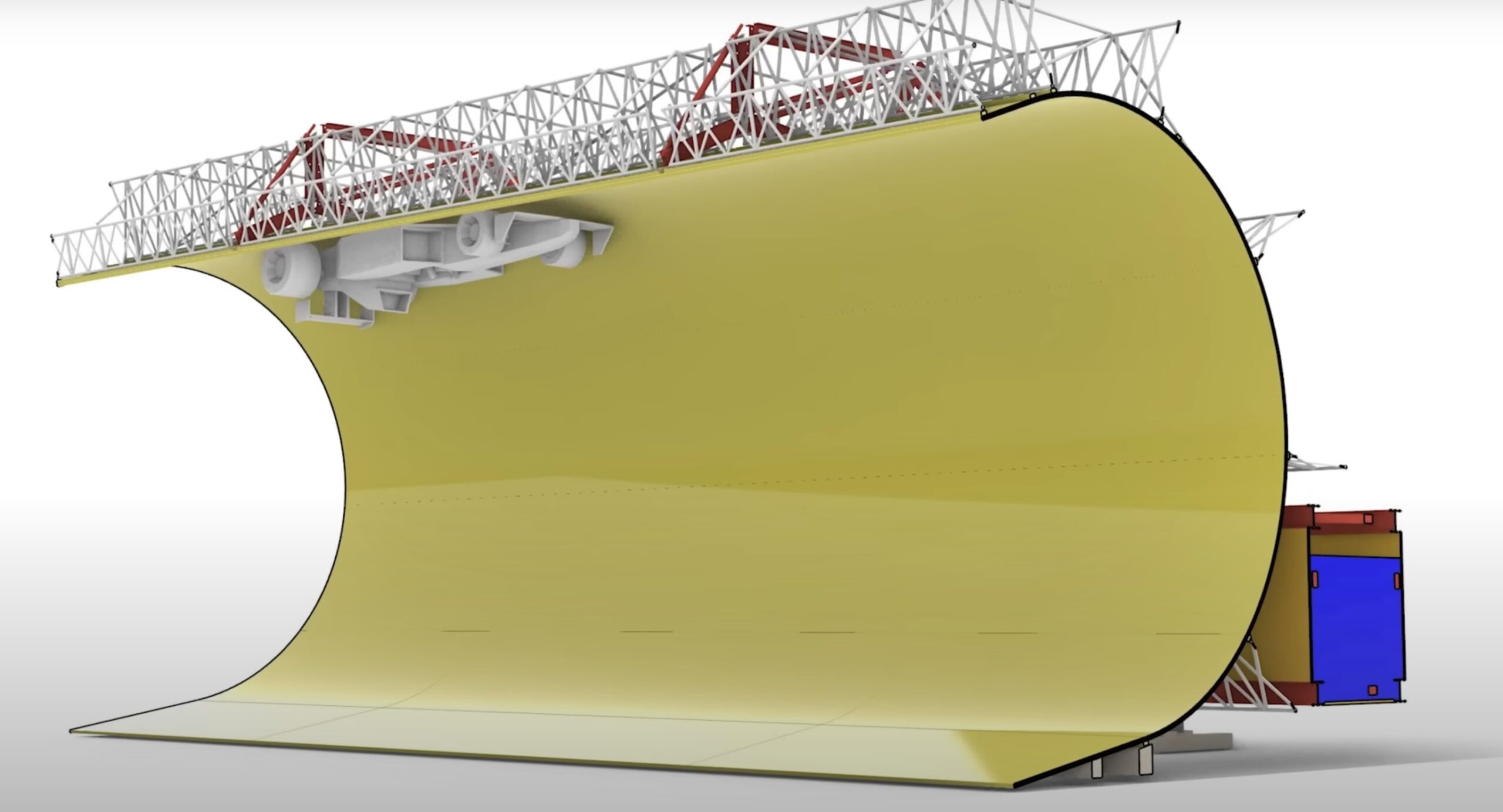
Engineering Challenges Ahead
This project isn’t without its risks. The tunnel design has to account for wind loads and other environmental factors that could affect the car’s stability. Additionally, if any aspect of the car’s aerodynamics or the tunnel’s structure falls short, the consequences could be serious. With this in mind, the team at Expedition Engineering has meticulously designed the tunnel and evaluated potential risks.
Next Steps
With a refined car design and custom tunnel plans, Project Inversion is moving into its next phase. Although hundreds of thousands of pounds have already been spent on research, the project is still seeking partners to bring it to fruition. The team hopes that the audacity and engineering marvel of Project Inversion will inspire future generations of engineers and aerodynamicists, pushing the boundaries of what’s possible in motorsport.
For those captivated by the blend of engineering and adventure, Project Inversion stands as a testament to the relentless drive to achieve the seemingly impossible. Keep an eye out for updates as the project progresses towards making motorsport history.




